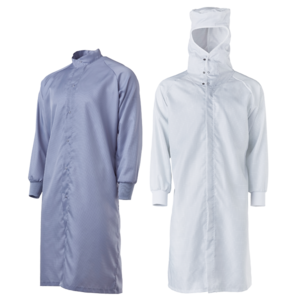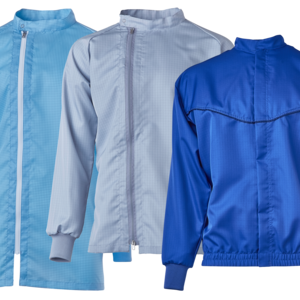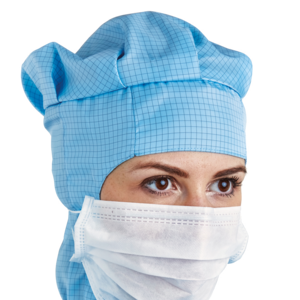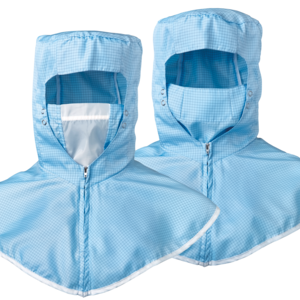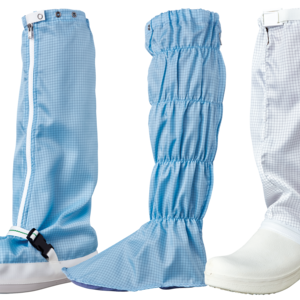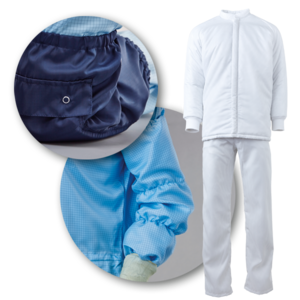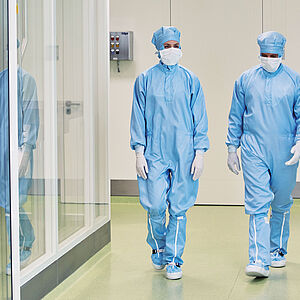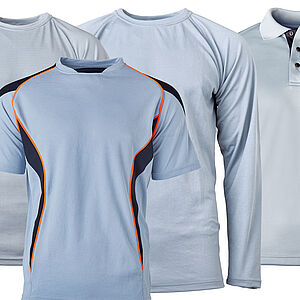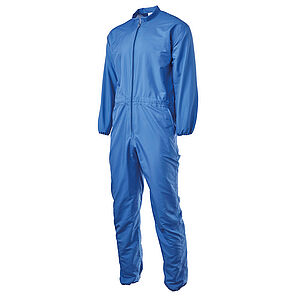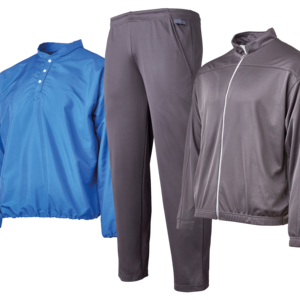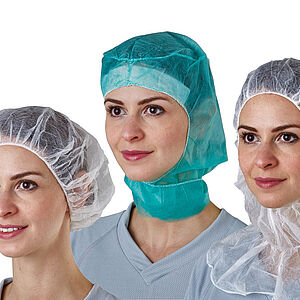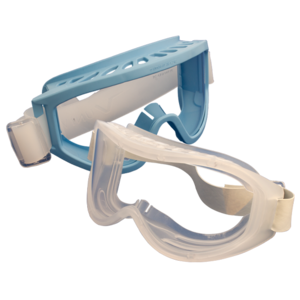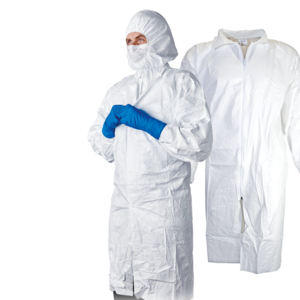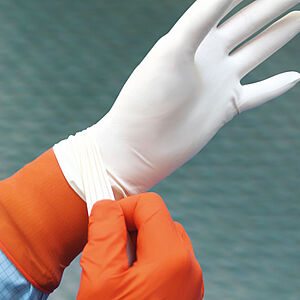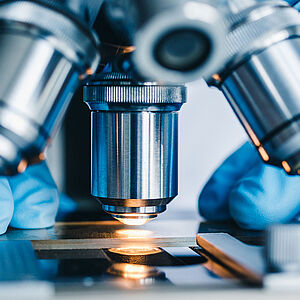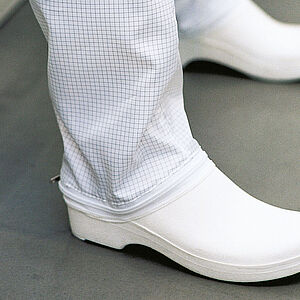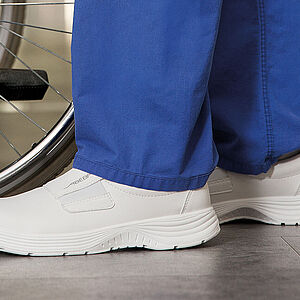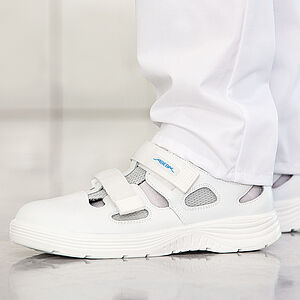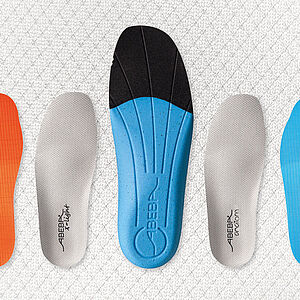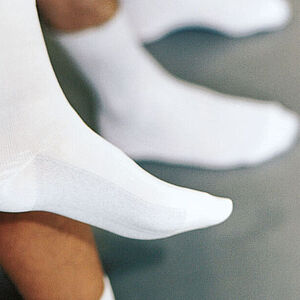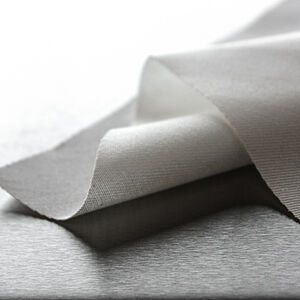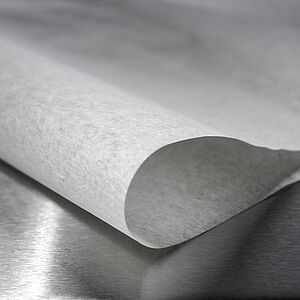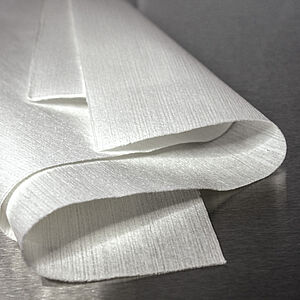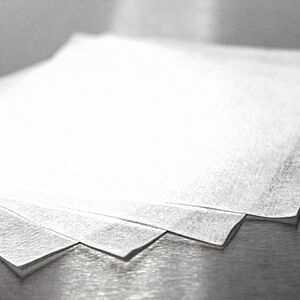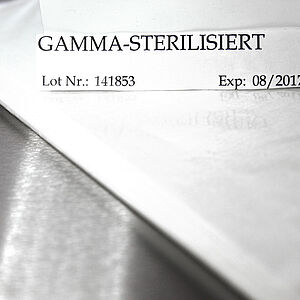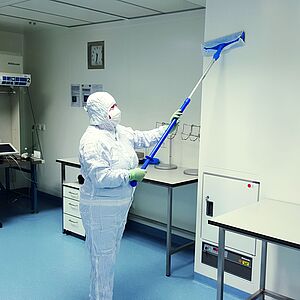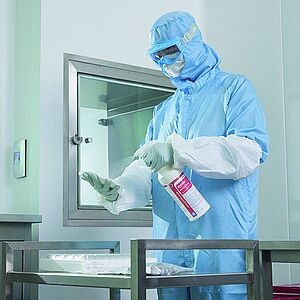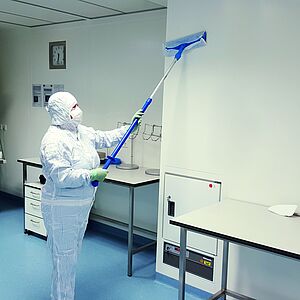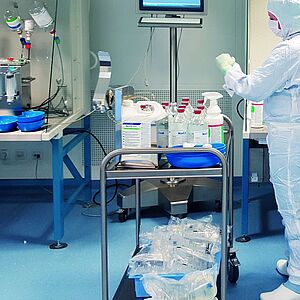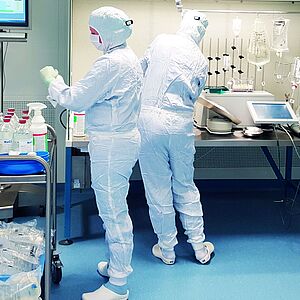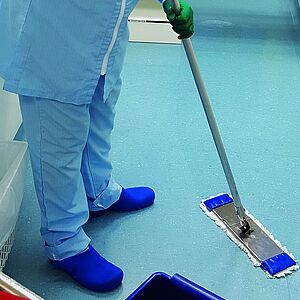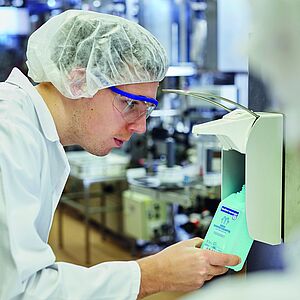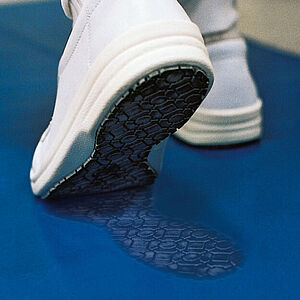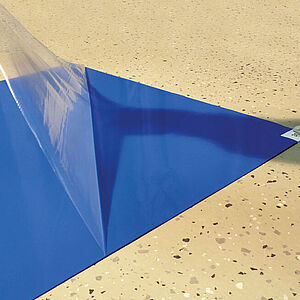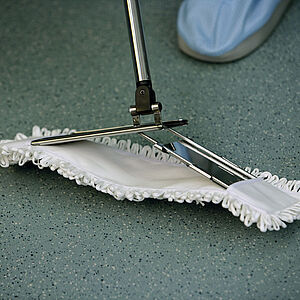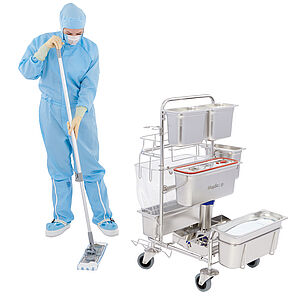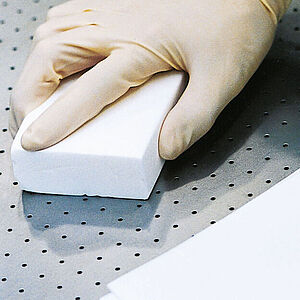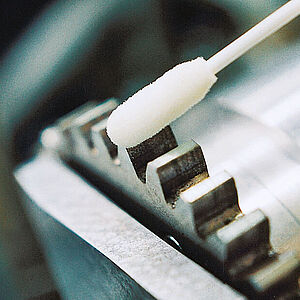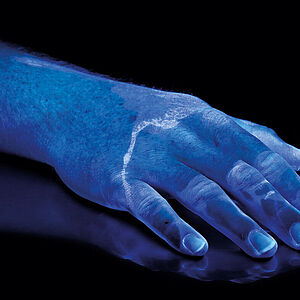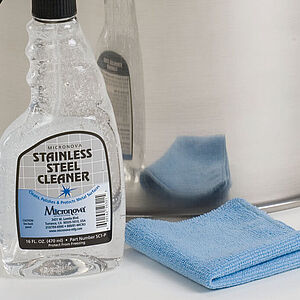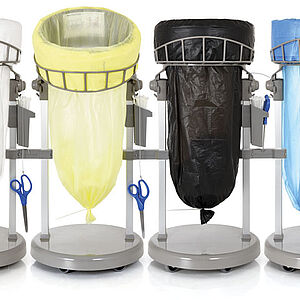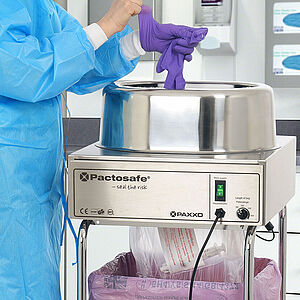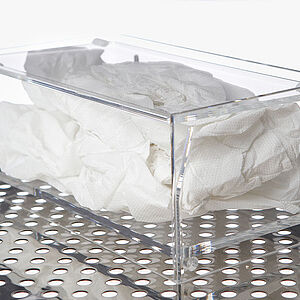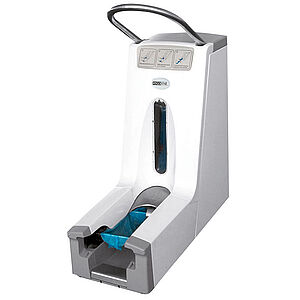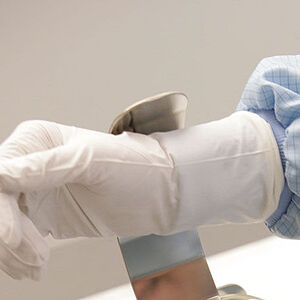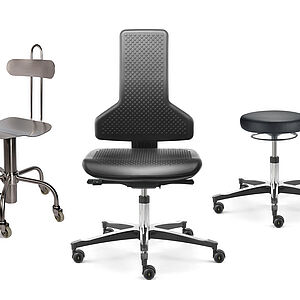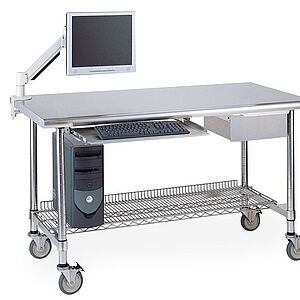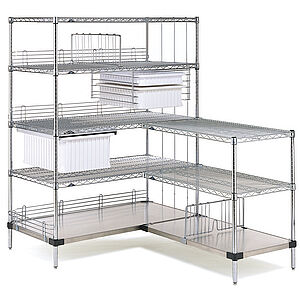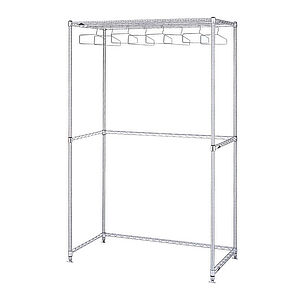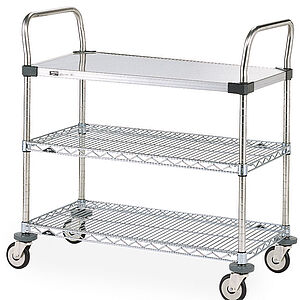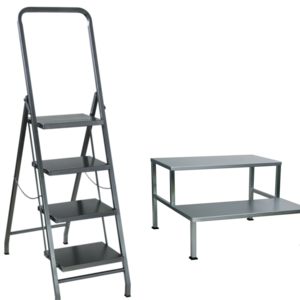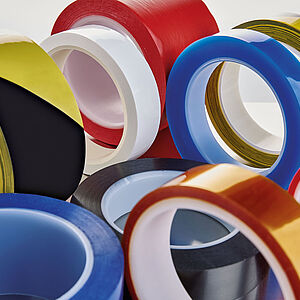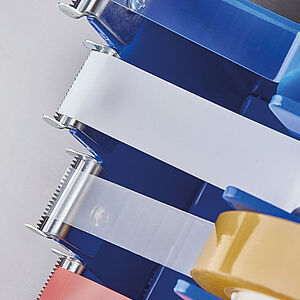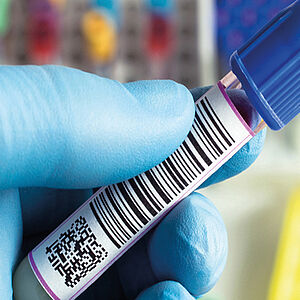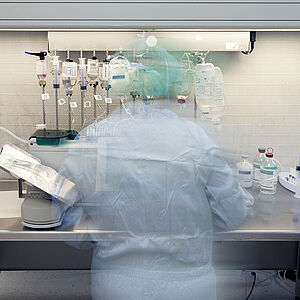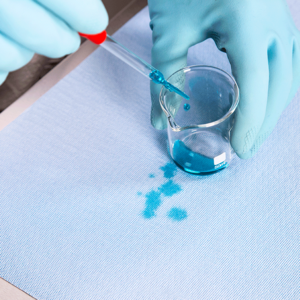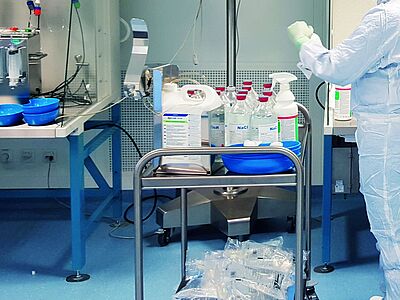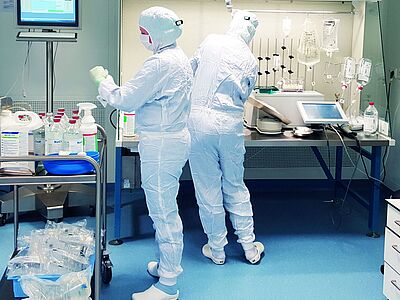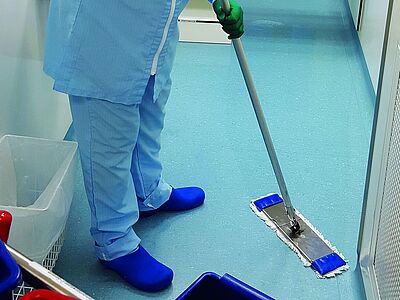Reduction of microorganisms
| by means of | Cleaning | Hygienisation | Disinfection | Sterilisation |
|---|---|---|---|---|
| Definition |
elimination of residues/dirt | measures that go beyond cleaning | put into a non-infectious state | make it germ-free |
| Claim |
reduction of residues/dirt | does not claim to be germ-free |
lg reduction of bacteria / yeasts / fungi: 5 levels, viruses: 4 levels |
lg reduction1 of microorganisms: 6 levels 1) decimal-logarithmic reduction |
| Technology |
ablation (elution) • mechanical • chemical • thermal/physical |
killing (elimination) • chemical • thermal/physical in the so-called ice sanitation by cold + ozone (O3) |
killing (elimination) • thermal/physical • thermochemical • chemical |
killing (elimination) • thermal/physical • chemical |
Important
When using disinfectant products, take into consideration that their residual quantities or rather their residues must be removed in regular intervals.
The use of low residue products can ensure that the follow-up treatment will require clearly less consumables and time. Thus the selective use of suitable products can reduce costs and the production process can be designed more efficient.
EN 13697:2019-10
Bactericidal and/or fungicidal efficacy
lg reduction by 4 levels (bactericidal) /
lg reduction by 3 levels (fungicidal)
Chemical disinfectants and antiseptics – Quantitative non-porous surface test for the evaluation of bactericidal and/or fungicidal activity of chemical disinfectants used in food, industrial, domestic and institutional areas – Test method and requirements without mechanical action (phase 2, step 2)
EN 13704:2018
Sporicidal efficacy
lg reduction by 3 levels
Chemical disinfectants – Quantitative suspension test for the evaluation of sporicidal activity of chemical disinfectants used in food, industrial, domestic and institutional areas – Test method and requirements (phase 2, step 1)
EN 1650:2019
Fungicidal or yeasticidal efficacy
lg reduction by 4 levels (fungicidal) /
lg reduction by 4 levels (yeasticidal)
Chemical disinfectants and antiseptics – Quantitative suspension test for the evaluation of fungicidal or yeasticidal activity of chemical disinfectants and antiseptics used in food, industrial, domestic and institutional areas – Test method and requirements (phase 2, step 1)
EN 1276:2019
Bactericidal efficacy
lg reduction by 5 levels
Chemical disinfectants and antiseptics – Quantitative suspension test for the evaluation of bactericidal activity of chemical disinfectants and antiseptics used in food, industrial, domestic and institutional areas – Test method and requirements (phase 2, step 1)
EN 14476:2013+A2:2019
Virucidal efficacy
lg reduction by 4 levels
Chemical disinfectants and antiseptics – Quantitative suspension test for the evaluation of virucidal activity in the medical areas – Test method and requirements (Phase 2/Step 1)
EN 16615:2015
Bactericidal and yeasticidal efficacy
lg reduction by 5 levels (bactericidal) /
lg reduction by 4 levels (yeasticidal)
Chemical disinfectants and antiseptics – Quantitative test method for the evaluation of bactericidal and yeasticidal activity on non-porous surfaces with mechanical action employing wipes in the medical area (4-field test) – Test method and requirements (phase 2, step 2)






